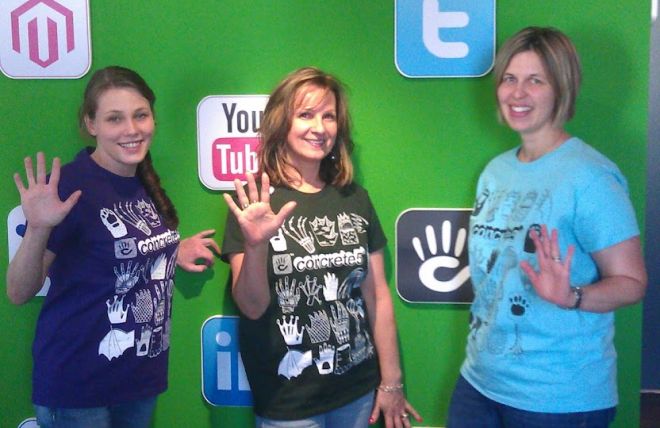In October 2013, the social account I managed reached the top of Majestic’s influence rankings. Out of tens of millions of profiles, it landed at #1, ahead of Barack Obama and Lady Gaga. Forbes highlighted why that mattered: influence is not only about followers or likes.
Why that ranking happened
At the time, I managed the account. My focus was not on chasing retweets. I focused on building trust and visibility through content that people referenced. Tutorials, documentation, and update posts consistently pointed back to the handle. Those references created an organic web of links that tools like Majestic recognized using Trust Flow and Citation Flow signals.
In short, the account became influential because the web kept pointing to it. It was useful, so people linked to it.
What marketers can learn
- Stop fixating on vanity metrics. Likes and follower counts rise and fall. Links and citations compound.
- Create link-worthy resources. Publish helpful, evergreen content that other sites will reference over time.
- Think ecosystem, not platform. Real influence grows when content earns trust across the web, not only inside a single app.
Looking back
This period shaped how I think about social influence. It is not just what happens on the surface of a social network. It is the network of trust that forms around your work. For more background on my approach and community work, see this 2015 interview.
Takeaway
If you want your brand’s social presence to matter, build things people cite. When the web points to your work, influence follows.
Sources: Majestic’s Twitter Influence Rankings, Forbes coverage, Interview with Jessica Dunbar




